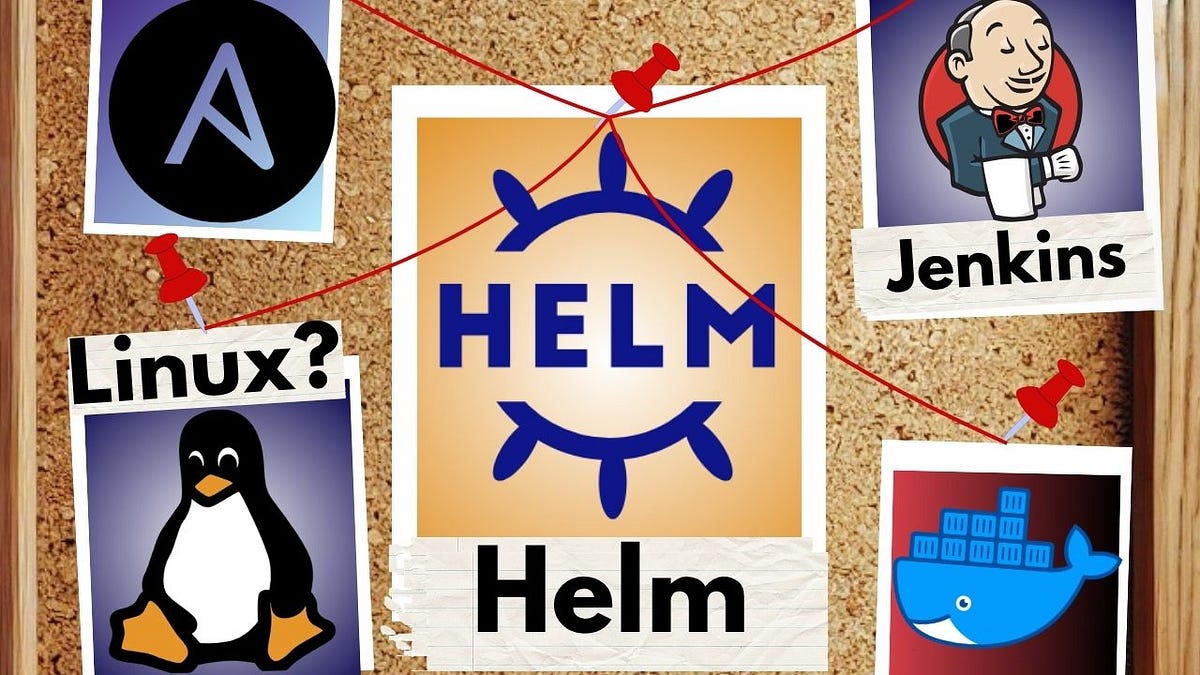
"The installation process begins with the downloading of the Helm tarball, followed by its extraction to access the Helm binary, and finally moving it to the system path for global usage."
"The role of the installation is vital because Helm may not be pre-installed on the system, necessitating its installation via the defined tasks to ensure proper functioning of Kubernetes applications."
"Helm repositories for Jenkins and Grafana are added to enable the deployment of these applications, followed by verifying the repositories and deploying the relevant charts in the designated namespace."
"The deployment of Jenkins and Grafana is conducted within the 'devops' namespace, with the setup process configuring a new namespace if it does not already exist."
The code defines an Ansible role to install Helm. It first downloads the Helm tarball and extracts it, making the Helm binary accessible. Next, it ensures Helm's functionality by checking its version. The role addresses the potential absence of Helm on the system. Following installation, two Helm repositories—Jenkins and Grafana—are added for application deployment. The Helm repo list is verified before proceeding to deploy Jenkins and Grafana charts within the 'devops' namespace, creating the namespace if necessary.
Read at Medium
Unable to calculate read time
Collection
[
|
...
]